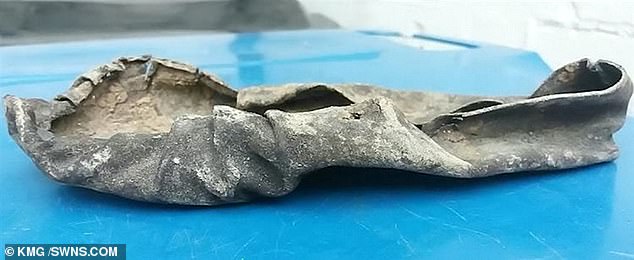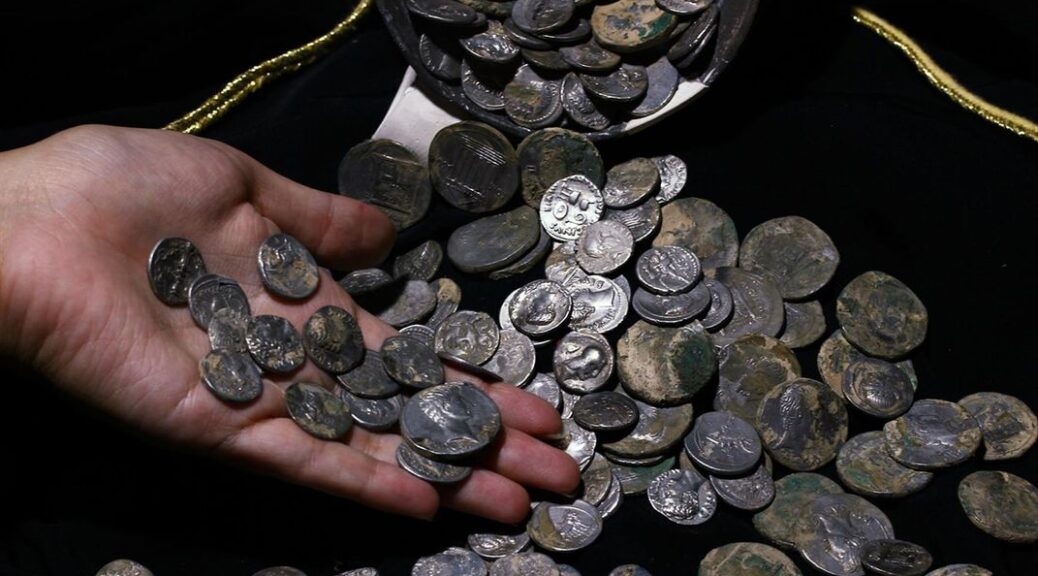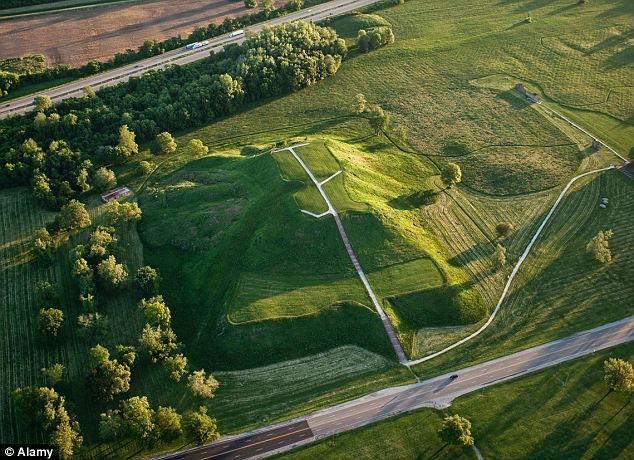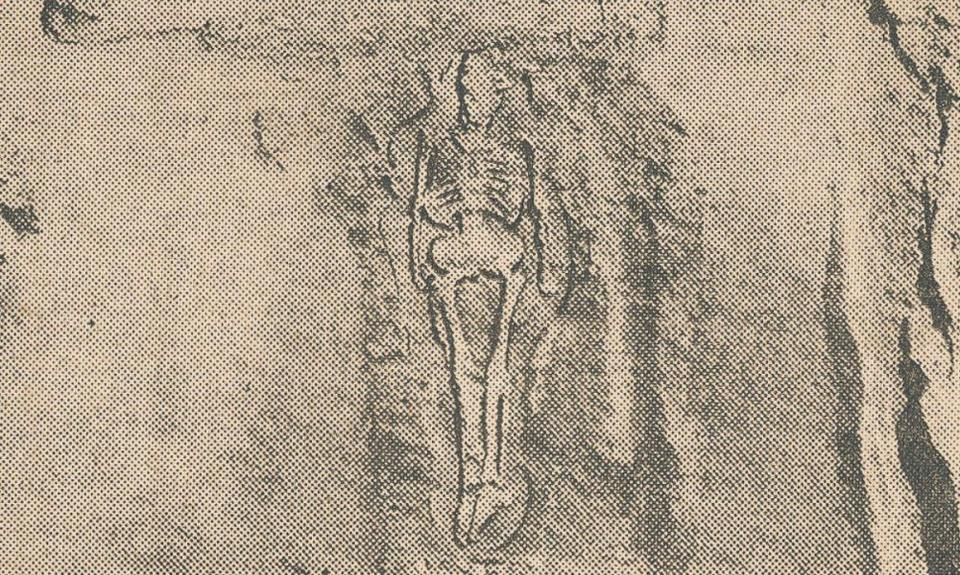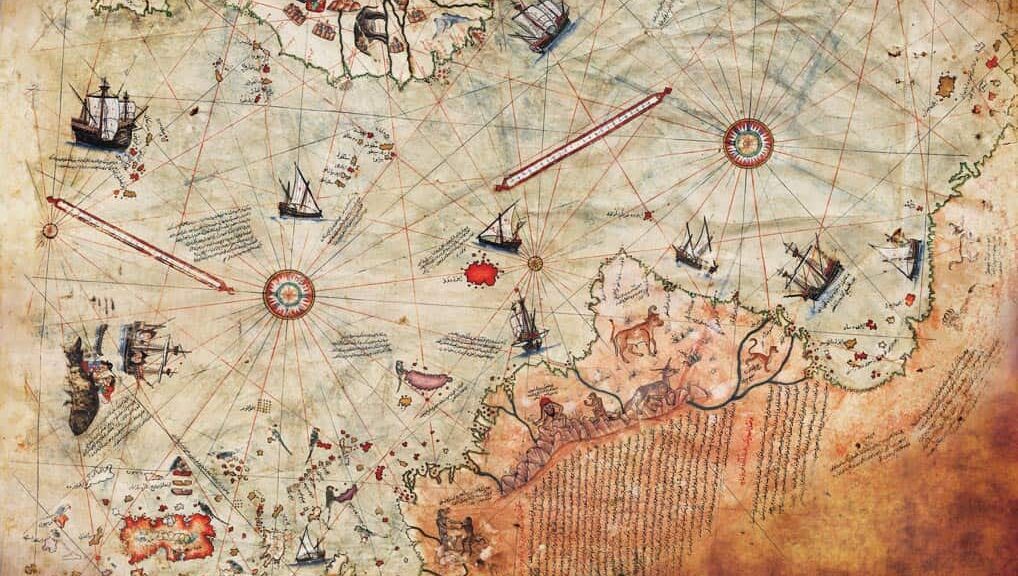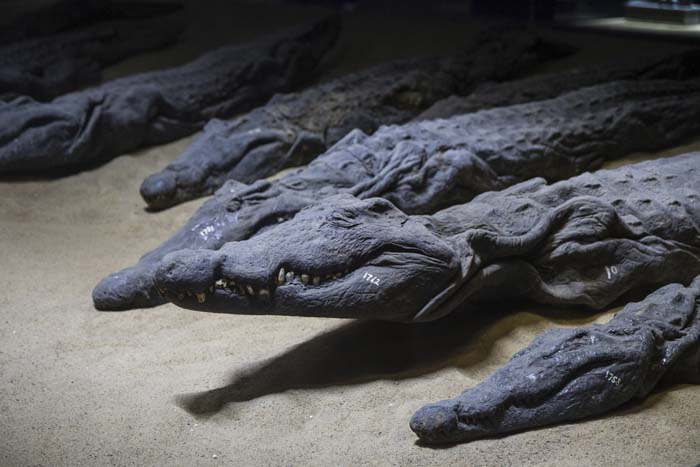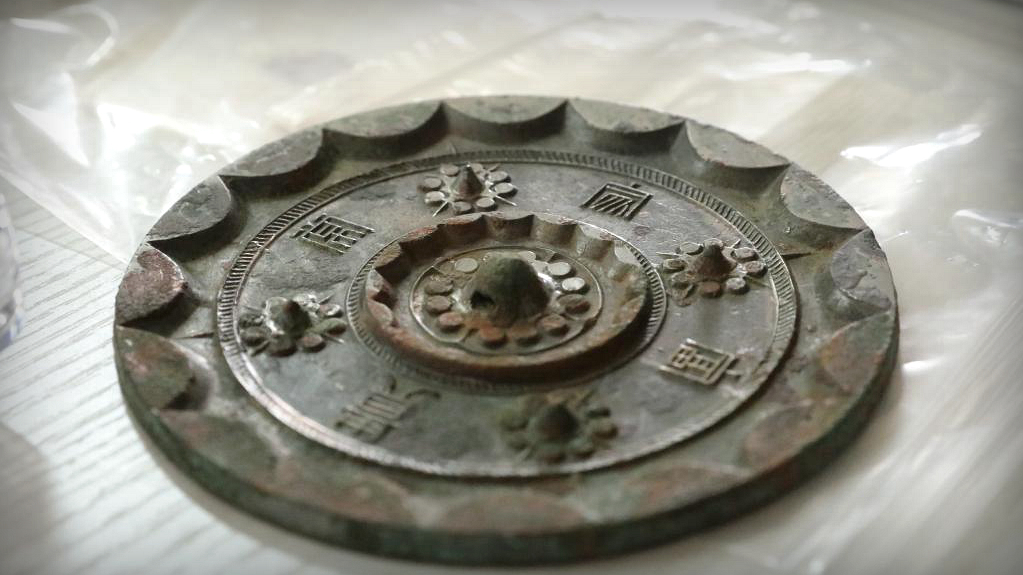1,000-year-old shoe in the River Thames that was ‘last worn in the run-up to the Battle of Hastings’
A 1,000-year-old shoe has been found intact in the muddy river bed of the River Thames. Steve Tomlinson, 47, was exploring the estuary when he stumbled across the unassuming object protruding from the mudflats. The amateur archaeologist was unaware of its historical significance and was urged by his peers to send it off for expert analysis.
A Scottish institute carefully carbon-dated the shoe and found it be from between 1017 and 1059AD, during the era Anglo-Saxons and Vikings inhabited the British Isles before William the conqueror toppled King Harold at the Battle of Hastings in 1066.
The finding may be one of the last surviving relics from the Viking occupation of Britain before the successful invasion of the French. Results of the laboratory tests found there was a 95.4 per cent probability that the shoe is from between 1017-1059AD.

Mr Tomlinson, from Birchington, Kent, made the discovery of the leather moccasin in October last year while searching in the estuary and the results have just been returned.
He said: ‘I was out and about just up that area and it was sticking out of a bit of clay mud so I pulled it out.
‘I first thought it was a bit of that but the history of the Thames goes through all the ages so I put the call out to archaeologist and groups and they said ‘oh my God preserve it straight away.’
Mr Tomlinson says he ‘can’t quite believe’ the outcome.


He added: ‘It is a rare find and amazingly it is still in superb preserved condition, probably due to the fact it was very well preserved in clay along with the sea, keeping it constantly waterlogged.
‘It is so well preserved that the original toe and heel marks can be seen.
‘It just goes to show you never know what lies beneath.
‘I am over the moon with the result.’
The shoes may soon be on display in a museum from a ‘well-known museum’.
When Did Vikings Invade Ireland?
In the 10,000 years since Stone Age cavemen first arrived, the Irish have established distinct cultural regions. Researchers have recently found 23 distinct genetic clusters, separated by geography by comparing mutations from almost 1,000 Irish genomes with over 6,000 from Britain and mainland Europe.
These are most distinct in western Ireland, but less pronounced in the east, where historical migrations have erased the genetic variations. They also detected genes from Europe and calculated the timing of the historical migrations of the Norse-Vikings and the Anglo-Normans to Ireland, yielding dates consistent with historical records.

The study paints a new and more complex picture of the genetic landscape of Ireland and demonstrates the signatures that historical migrations have left on the modern Irish genome. The Vikings left their genetic footprint in Ireland when they invaded the island, launching their first attack in 795 AD by raiding an island monastery.
The Vikings continued to stage small-scale attacks on unprotected coastal monasteries before sailing to River Shannon in the 830s to steal from inland religious settlements. By the 840s, the Vikings began to establish permanent ship bases along the coastline from which they could plunder all year.

The Vikings also enslaved some of the Irish people and were able to raid the land by taking advantage of the fact that Ireland was particularly politically fractured.
The Vikings, however, did not conquer the island – by the middle of the 10th century, they failed to control the territory in Ireland. The fractured political system in Ireland worked in the island’s favour – if one ruler was killed, it did not destabilize the entire island.
Norse influence in Ireland began to decline by the time of the rise of king Brian Boru. He sacked the Viking town in Limerick in 968 AD and became the overlord of Cork, Wexford and Waterford. In 1014, the king’s army routed the Vikings and their allies at the Battle of Clontarf outside Dublin, but a small group of Norseman killed the elderly kind as he was praying in his tent after the battle.
The Viking remained in Ireland after agreeing to pay a tribute, but the Viking Age in Ireland didn’t come to a definitive end until the Norman invasion in the 1170s and the last Norse king of Dublin escaped to the Orkney Islands.
